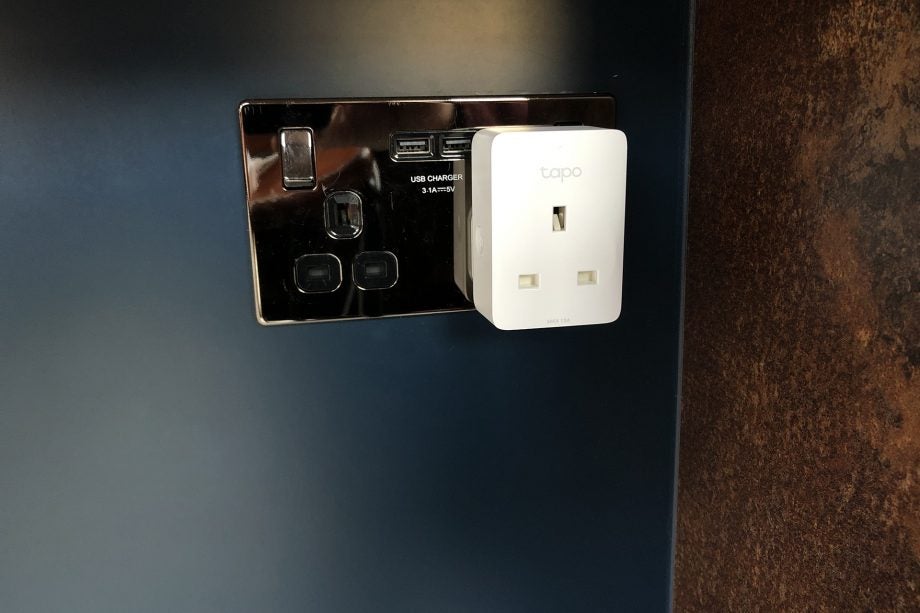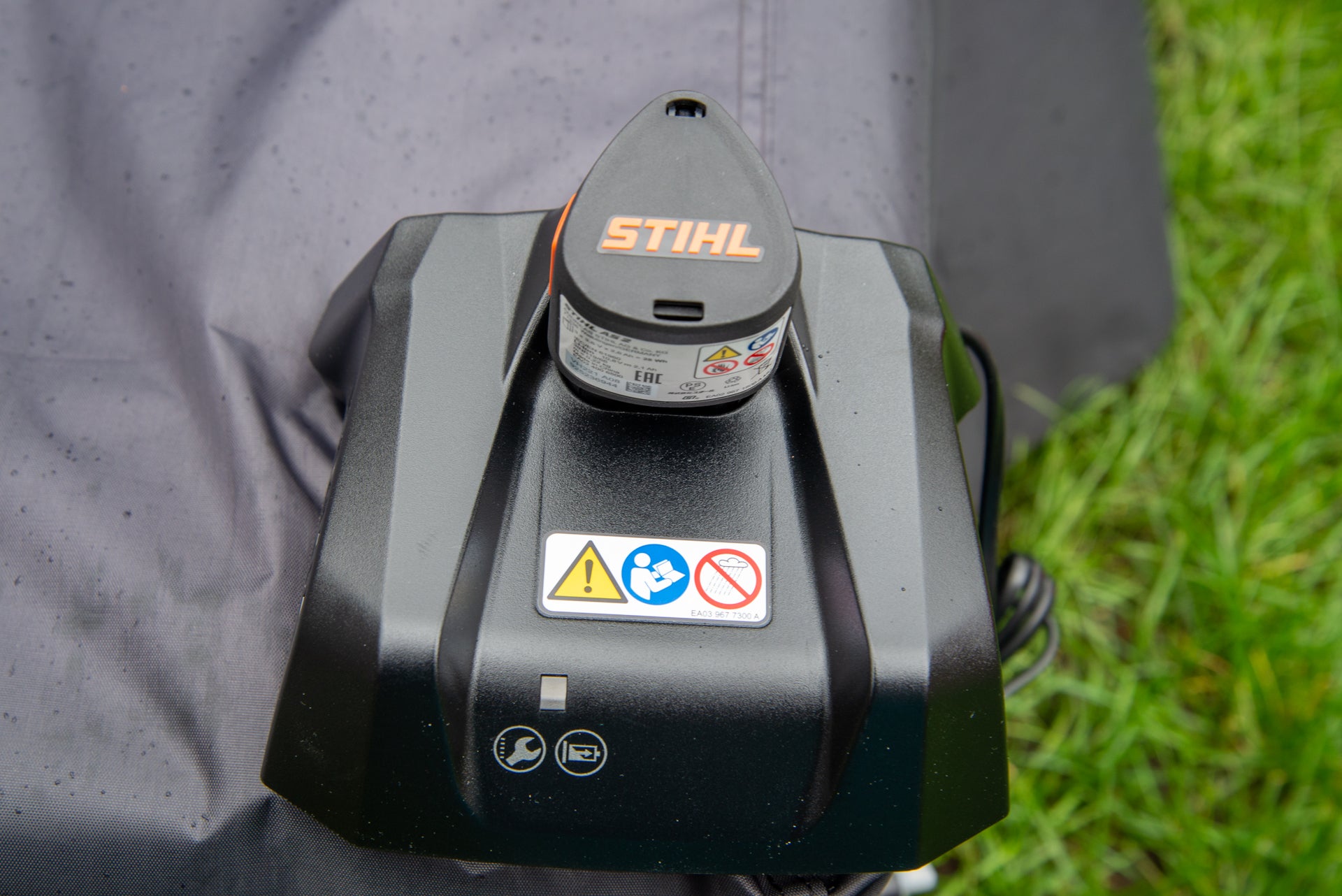Best uses for a smart plug (that aren’t controlling a light)

For many people, the introduction to the smart home comes via a smart plug. I’d bet money that the main way that the device was used was to control a lamp. Think a little more laterally, and you can do so much more, as this guide to the best uses for a smart plug demonstrates.
Here, we’re moving away from light control and the other old cliche, making sure your hair straighteners are turned off after you’ve gone out. Instead, we’re showing you different ways to control and manage your devices.
Before we get started, it’s important to point out that anything you connect to a smart plug has to have a physical on/off switch, or the capability to automatically boot up. If you’ve got devices that use soft or touch buttons, such as many modern kettles, then turning the power on doesn’t have an effect. Or, if you have an electric radiator that turns on in standby mode, then a smart plug isn’t particularly useful.
If you’ve got devices already, you might be out of luck, then; if you’re buying a new bit of kit to use with a smart plug, then just follow the guidance above and you’ll be good. Some of these tips will require some automation to get the most out of them, and depend on the tools you have at your disposal. In many cases, you can use the smart home kit you’ve got and then create rules using a service, such as Samsung SmartThings, Apple HomeKit, or IFTTT.
Related: Best smart plug
Trusted Reviews Recommends
- Belkin WeMo Insight Switch – Buy now from Ebay (£28.99)
- TP-Link HS100 Kasa Smart Wifi Plug – Buy now Ebay (£18.99)
- Philips Hue Smart Plug – Buy now from Ebay (£29.99)
1. Keep your tools charged
Ever gone to do a bit of DIY or use a cordless lawnmower only to find that your kit doesn’t have a charge? A smart plug is your answer, as you can remotely turn on your charger before you need the tools, keeping the batteries topped up. It can be smart to turn on the charger a few hours or even a day before you need the tools.
In peak season, when you might need to use the tools a lot, you can even set a schedule and have your tools charge up a few hours per week automatically, so they’re ready when you need them.

The battery charger is pretty fast, although you can pick up second batteries quite cheaply if you want longer runtime
2. Stop your cameras spying on you
Not all wired cameras give you very good controls over when they can and can’t record, with some recording permanently even if notifications are turned off. If you don’t want to record yourself walking around your home, a smart plug is your saviour. Turn the power off and your camera goes off; turn the power on, and it will boot up and start recording.
Want to go a little further? Use a system like Life360 and IFTTT, or a SmartThings or HomeKit compatible smart plug, and you can have your camera turn on when you go out and off when you get home, automating it.

3. Heat up a garage
Got a garage with a radiator or fan heater in it? When the weather turns cold, you can turn on the smart plug to automatically warm up the space before you get out there; and you can turn off the power when you leave so that you’re not heating a space that you don’t use very much.
If you’ve got a posh electric heater with a thermostat on it, you’ll get a degree of automatic comfort; if you don’t, you can use a smart sensor, such as the ones that come with SmartThings, to automate a comfortable.

4. Automate a light
I said I wasn’t going to cover lights, but I am, just not necessarily in the way you think. So, if you’ve got a cupboard with a set of plug-in lights, you can use a contact sensor, such as the ones you get with SmartThings, to power on the lights automatically. When you open the door, the plug goes on; when you close it and the sensor shuts, the lights go off.
5. Automate rebooting of dodgy devices
Have you got a set-top box that won’t play nicely or a TV that sometimes crashes? Why not use a smart plug to cycle the power for you, so you don’t have to fiddle around with cables. If you set a schedule, you can even reboot devices on a daily or weekly basis to stop problems in their tracks.
6. Manage your environment
In winter, it makes sense to have a humidifier to prevent dry skin and to make your home environment feel nicer. If you’ve got a dumb humidifier, then you can control when it’s on and off using a smart plug. If you want more control and to automate the process, you can do, provided you’ve got some kind of smart humidity sensor. Many smart thermostats have this, as do some SmartThings sensors. Using a rule (or IFTTT), you can tell your humidifier to turn on when humidity drops below a certain point (say, 45%) and off when it hits a high point (say, 55%).
Trusted Reviews Recommends
- Belkin WeMo Insight Switch – Buy now from Ebay (£28.99)
- TP-Link HS100 Kasa Smart Wifi Plug – Buy now Ebay (£18.99)
- Philips Hue Smart Plug – Buy now from Ebay (£29.99)


